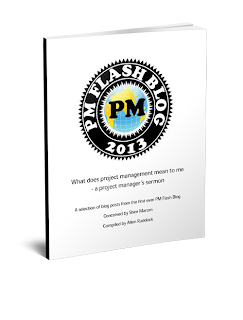"Big Data" is the meme of the day, but most projects run on "little data", the sort of data that fits into the constraints of spreadsheets like Excel. It's everyday stuff that drives estimates, scorecards, dashboards, task assignments, and all manner of project analytics.
So, assuming you using Excel as a spreadsheet for doing actual calculations and data entry, and not a row-column table version of Word, you will find that you to do some analytics and data analysis from time to time.
Pivot tables are one spreadsheet data tool, but that's not the discussion today. Today, it's filters, which is the Excel name for the process and tool, but which the database people -- familiar with SQL for row by column -- would call a query.
And so, how to do a filter in Excel, something practical for the project manager? There are Youtube's galore on the subject, but here's a neat, step by step, illustrated process that goes from the simple to the advanced.
Just what the PMO need to get into the data business
Some other rules
Beyond what you will read in the linked article, there are a few data rules that will make life simpler
- Every column should have a header or title that is unique, even if just column1, column2, etc
- Only one data value in a cell. Thus, first and last names should be in separate columns; so also city and state. But maybe also captain and ship's names. This is called "normalizing" the data
- Keep the static data in separate row/column areas from the data that changes. So, if a ship sails to San Francisco on a certain date, the ship's description goes in one area; the city description in another; but the city/date/ship is dynamic and belongs in a third area.
- Don't put 'word processing' paragraphs or labels in the middle of the data. In other words, maintain the integrity of row by column
- It's good to have at least one column that is guaranteed to be uniquely valued in each cell, like a row ID
- If you can avoid using "spaces" in the data, that's good. It makes the query more sure. So, "column1" instead of "column 1"
Read in the library at Square Peg Consulting about these books I've written
Buy them at any online book retailer!
Read my contribution to the Flashblog

